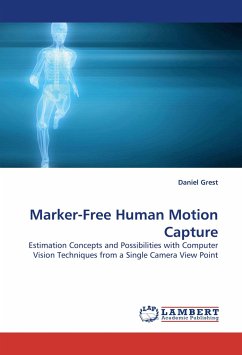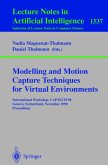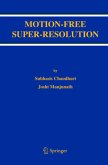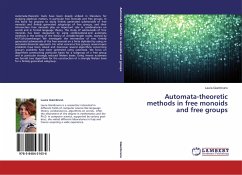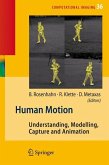Human Motion Capture is a widely used technique to obtain motion data for animation of virtual characters. Commercial optical motion capture systems are marker-based. This book is about marker-free motion capture and its possibilities to acquire motion from a single viewing direction. The focus of this book is on the optimization framework, which can be applied to every pose estimation problem of articulated objects. The motion function is formed with a combination of kinematic chains. This formulation leads to a Nonlinear Optimization problem and is solved with gradient-based methods, which are compared with respect to their efficiency. A new contribution is the inclusion of second order motion derivatives within the pose estimation. The pose estimation step requires correspondences between known model of the person and observed data. Computer Vision techniques are used to combine multiple types of correspondences, which are used simultaneously in the estimation without making approximations to the motion or optimization function, namely 3D-3D correspondences from stereo algorithms and 3D-2D correspondences from image silhouettes and 2D point tracking.

